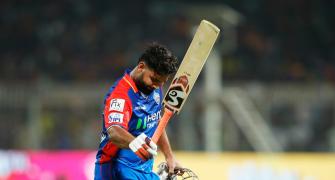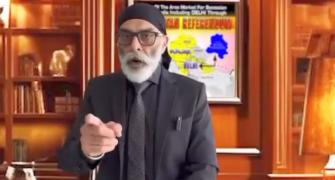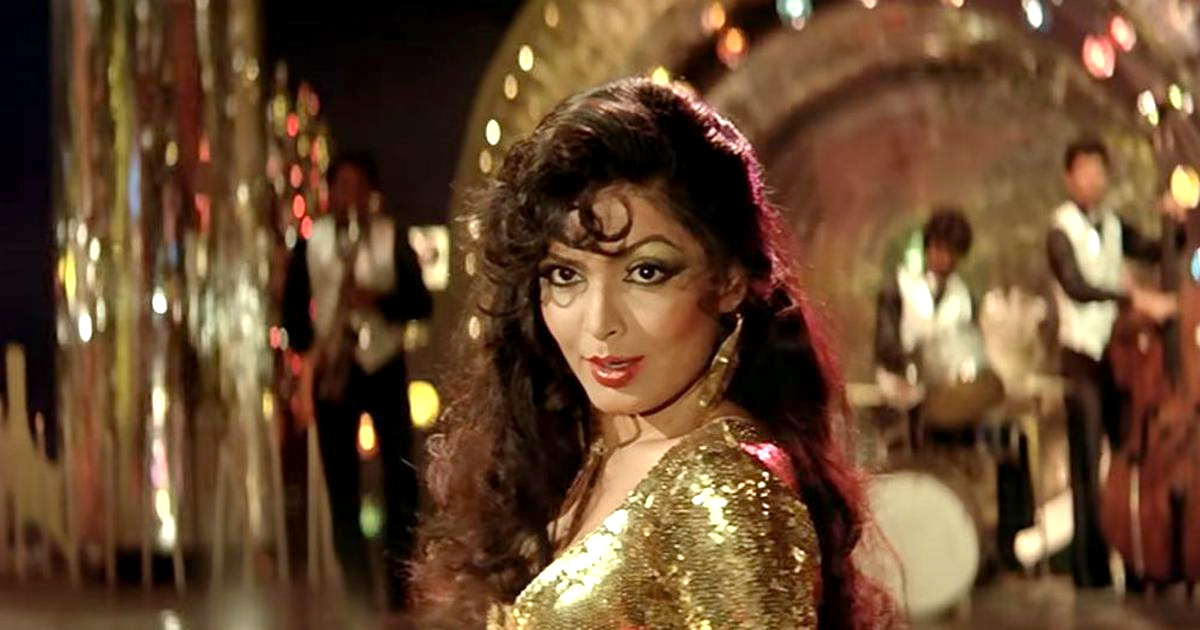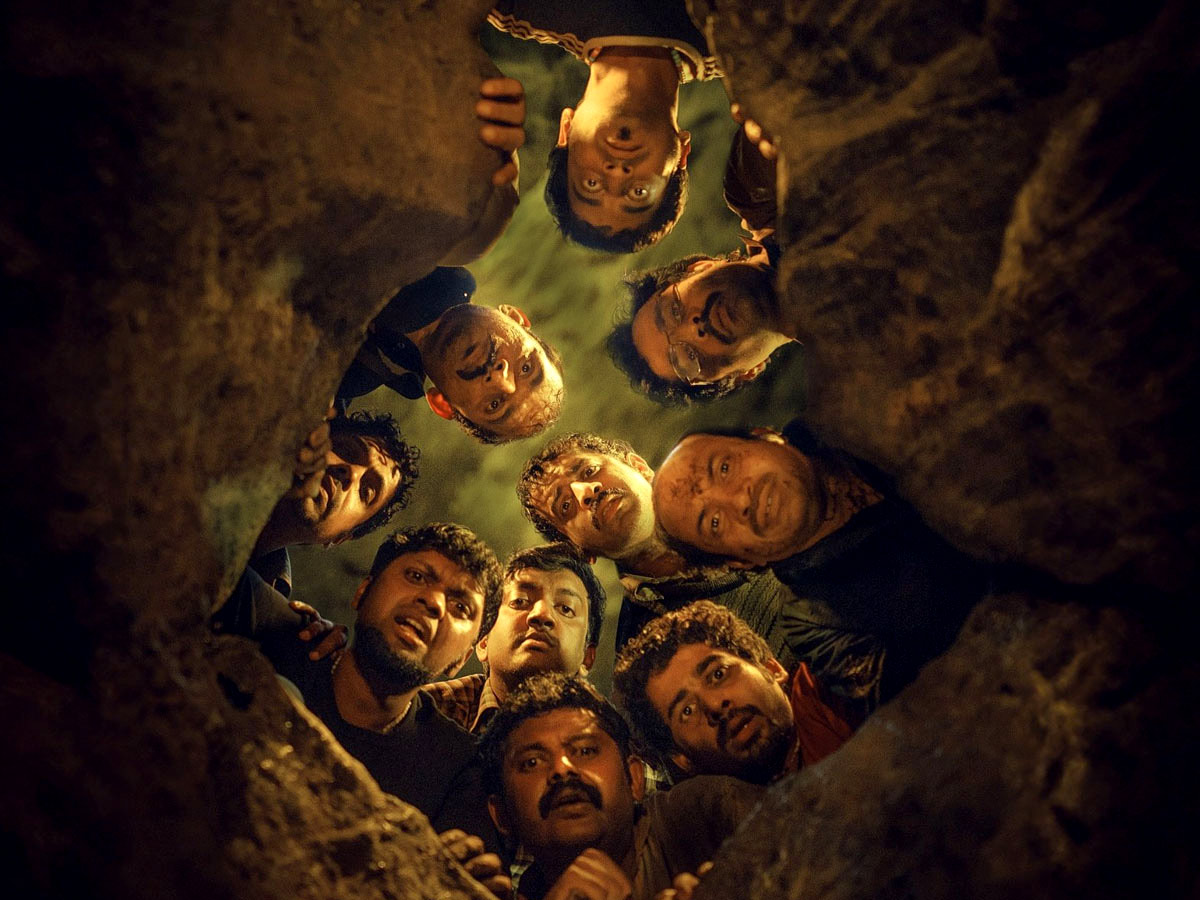Digital ghosts have opened a new can of worms for digital experts.

In July 2023, the Screen Actors Guild-American Federation of Television and Radio Artists (SAG-AFTRA) went on strike in protest against a proposal by the Alliance of Motion Picture and Television Producers (AMPTP).
Now, tensions between 'creatives' -- SAG-AFTRA represents 160,000 professional actors -- and 'suits', a euphemism for executives who run studios, are hardly new.
But this strike was triggered by new technology.
The actors said AMPTP wanted to take scans of background actors -- 'extras' -- and use artificial intelligence to generate replicas of them to use in future movies.
This would obviously save a lot of time and trouble, and, equally obviously, put many actors out of work.
The actors joined hands with the Writers Guild of America (WAG), which was already on strike. WAG represents screenwriters (and other writers).
WAG was, among other things, asking for a ban on AI-driven writing or rewriting of 'library material', and a ban on AI generating source material for screenplays, as well as a commitment that content generated by WAG members would not be used to train AI.
The writers ended their strike last September after agreements for pay rises and guardrails related to the use of AI.
The actors ended their strike in November, with similar deals, which SAG-AFTRA leaders described as a big win. However, both the strikes may be a case of shutting the stable door well after the horse has galloped off.
AI usage in the entertainment industry is already widespread. Universities and publishers are scrambling to put in place tools -- ironically, AI-driven tools -- to detect AI-driven plagiarism of academic papers and other content.
It is not just the livelihoods of live actors and writers that are at stake.
As generative AI gets better at mimicry, the estates of dead celebrities are waking up to the possibility that they too might soon need to litigate against 'digital ghosts'.
A new can of worms

John Lennon featured in a new single by The Beatles released less than a month ago.
He was killed in December 1980, but Peter Jackson used AI to isolate his voice and create a digital replica.
The late Carrie Fisher's digital ghost has featured on-screen in the Star Wars franchise, and her 81-year-old co-star, Harrison Ford, has acted alongside his 'de-aged' 35-year-old replica in Indiana Jones 5.
Singer Edith Piaf (1915-1963) is going to voice-over the story of her own life in a yet-to-be-released biopic.
Michael Jackson, who died in 2009, may soon be 'available' to do a holographic tour.
The estate of Marilyn Monroe is fighting a legal battle to prevent the launch of a digital ghost of the 1950s' screen diva.
Digital ghosts have opened a new can of worms for digital experts, and the legal fraternity to wrangle over.
Using content created by somebody after that individual has passed on is covered under the existing laws and contracts, and the estates of such persons hold copyright and intellectual property rights, and so on.
Using the likeness of a dead individual to generate a digital ghost, and then deploy that ghost to create new content, is a grey area.
Not surprisingly, the existing law does not cover this.
Yet, technology makes it increasingly easy, especially in the case of celebrities who have recorded countless hours of content for the AIs to train upon.
Creepy, but lucrative

It would be possible to use AI to create digital replicas of, let's say, Madhubala and Dilip Kumar, to star in a 2025 Bollywood hit, with Kishore Kumar and Lata Mangeshkar singing duets for them.
Moreover, the scripts and music of this hypothetical movie could be written and composed by AI trained on the music and screenplays of that era (or any other era).
Indeed, somebody recently remarked that the next time they make a World War II movie, ala Dunkirk, they need not hire actors to play Churchill or Hitler -- they can just use true-to-life digital ghosts.
It is not just celebrities whose digital ghosts could soon be part of the social media landscape. All of us bleed data, and many of us have digital content (including audio-visual content) archived somewhere.
It is possible to generate a perfect replica of a voice, given a few minutes of audio sample, and it does not take much more in the way of video to generate realistic holograms.
It is also often possible to glean a shocking amount of detail about a late individual's life from their Internet presence. Voila, you may be able to create a digital ghost that knows enough to impersonate the late person.
Sometimes the family of somebody who has passed on may even want to commission such a digital bot.
A 'digital afterlife industry' is now generating reconstructions of dead people based on the data and digital AV content they have left behind.
There are already quite a few companies working in this space.
Creepy? Yes. A security risk? Quite possibly. But lucrative.
The late exobiologist Carl Sagan once described how he would often hold internal dialogues with his late father and he could hear Sagan Senior's voice in his head, even though he knew perfectly well that his father had passed away.
Technology could soon turn this sort of 'consensual hallucination' into digital reality.











